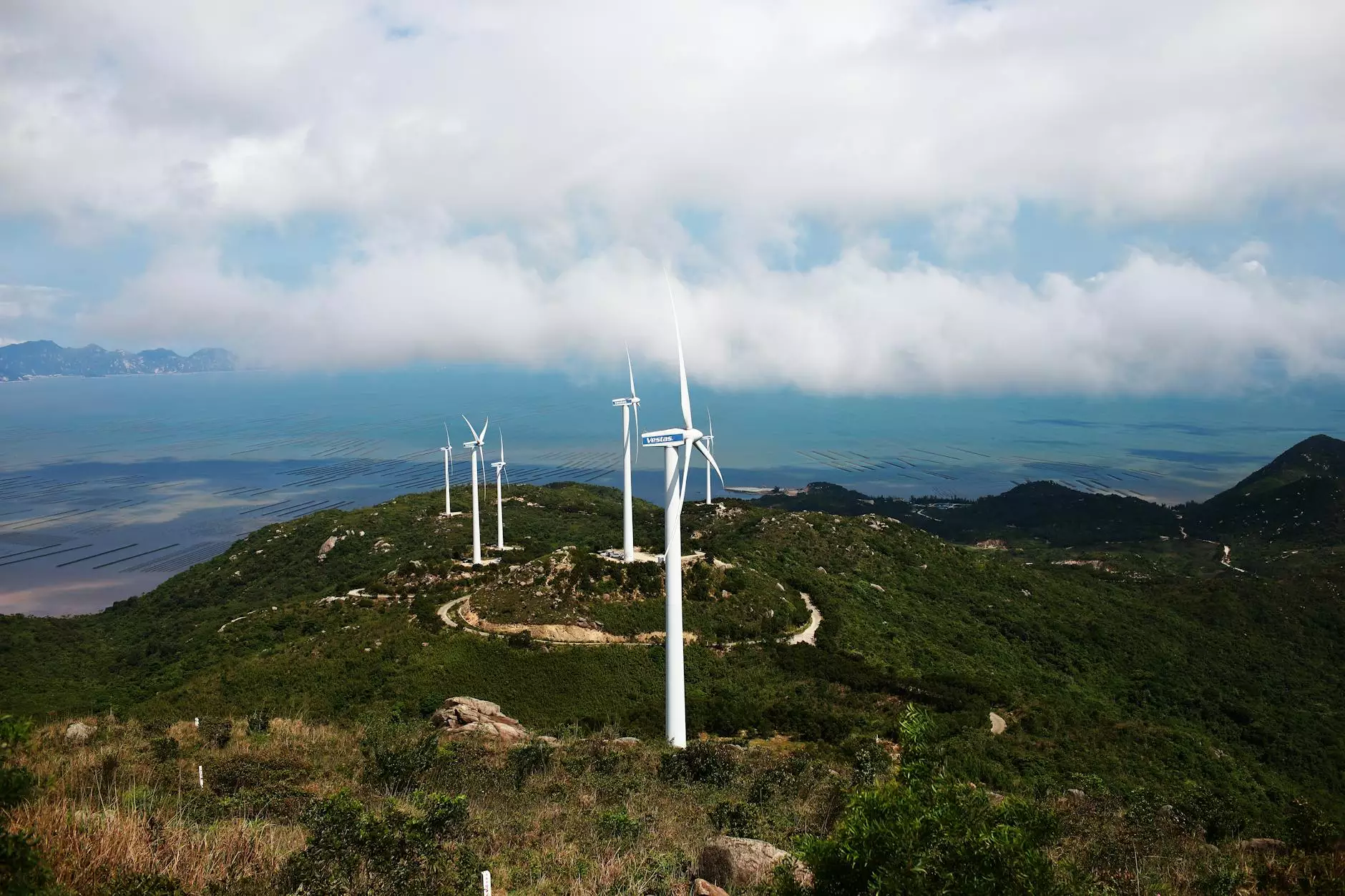Unveiling the Marvels of Hydroelectric Power Generation

In the realm of sustainable energy, hydroelectric power generation stands out as a beacon of innovation and environmentally-friendly practices. This method harnesses the power of water to produce electricity, paving the way for a cleaner and more efficient energy future.
The Basics of Hydroelectric Power Generation
Hydroelectric power generation involves using the force of water flow to spin turbines, which then generate electricity. This process takes advantage of the natural water cycle, making it a renewable source of energy. By controlling the flow of water through dams and other structures, power plants can efficiently produce electricity without relying on finite fossil fuels.
Advantages of Hydroelectric Power Generation
One of the primary advantages of hydroelectric power generation is its sustainability. Unlike fossil fuels, water is an abundant resource that can be replenished through natural processes. This means that hydroelectric power plants can continue to generate electricity for extended periods without depleting essential resources.
Furthermore, hydroelectric power generation produces minimal greenhouse gas emissions, making it a cleaner alternative to traditional energy sources. By reducing our reliance on fossil fuels, we can mitigate the impacts of climate change and work towards a greener future for generations to come.
Types of Hydroelectric Power Plants
There are several different types of hydroelectric power plants, each with its unique characteristics and applications. Run-of-the-river plants, for example, utilize the natural flow of rivers to generate electricity, while storage plants store water in reservoirs to regulate energy production based on demand.
Pumped storage plants are another common type of hydroelectric power plant, where water is pumped from a lower reservoir to a higher one during periods of low energy demand and then released to generate electricity during peak usage times. This helps balance the grid and ensure a reliable energy supply for consumers.
Environmental Impacts of Hydroelectric Power Generation
While hydroelectric power generation is generally considered a cleaner energy source, it is essential to acknowledge its potential environmental impacts. The construction of dams and reservoirs can disrupt natural ecosystems and alter river flows, affecting wildlife and local habitats.
Additionally, the submersion of land for reservoirs can lead to the displacement of communities and cultural sites. It is crucial for hydroelectric power projects to consider these impacts and implement mitigation measures to minimize their ecological footprint and maximize their benefits to society.
The Future of Hydroelectric Power Generation
As we strive towards a more sustainable energy future, hydroelectric power generation will undoubtedly play a crucial role in meeting our growing electricity needs while reducing our carbon footprint. By investing in research and innovation, we can continue to improve the efficiency and scalability of hydroelectric power plants, ensuring a brighter tomorrow for all.
Join us on our journey towards a cleaner, greener future powered by the wonders of hydroelectric power generation!
what is hydroelectric power generation








